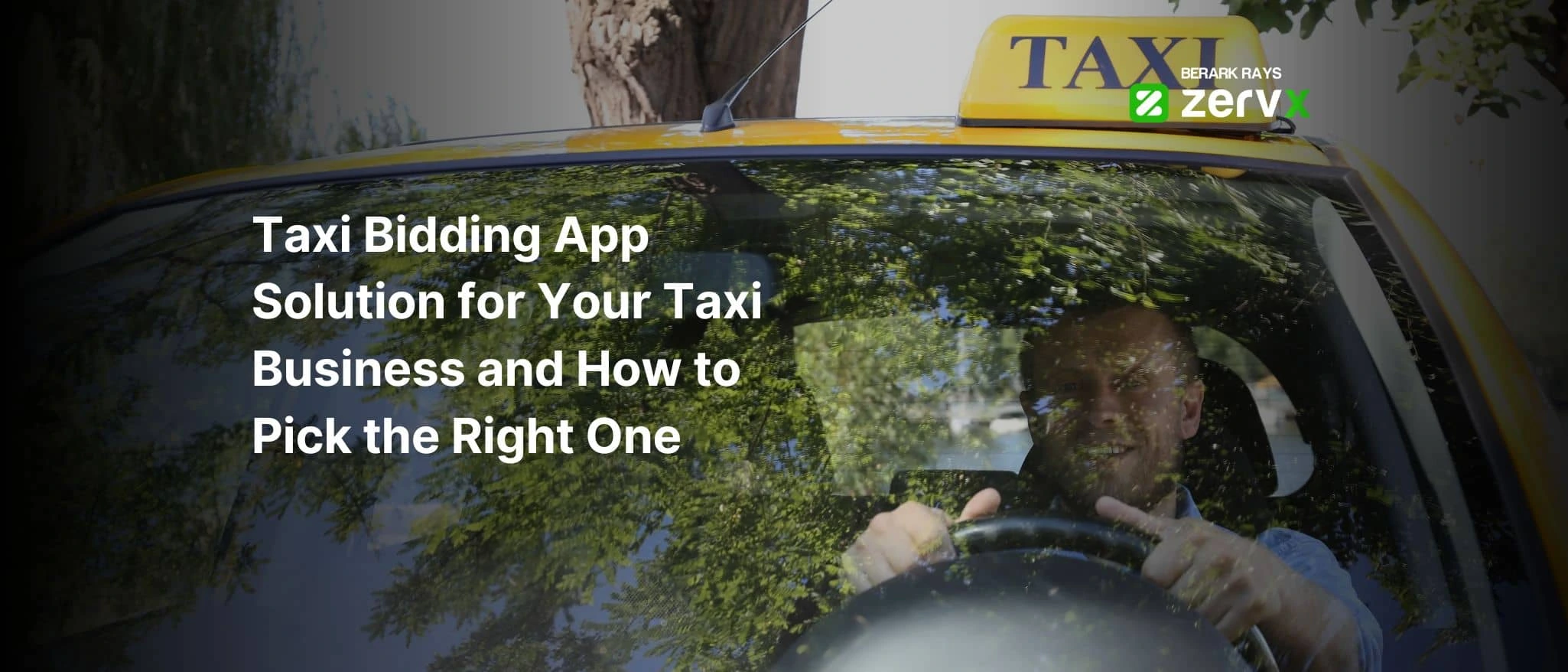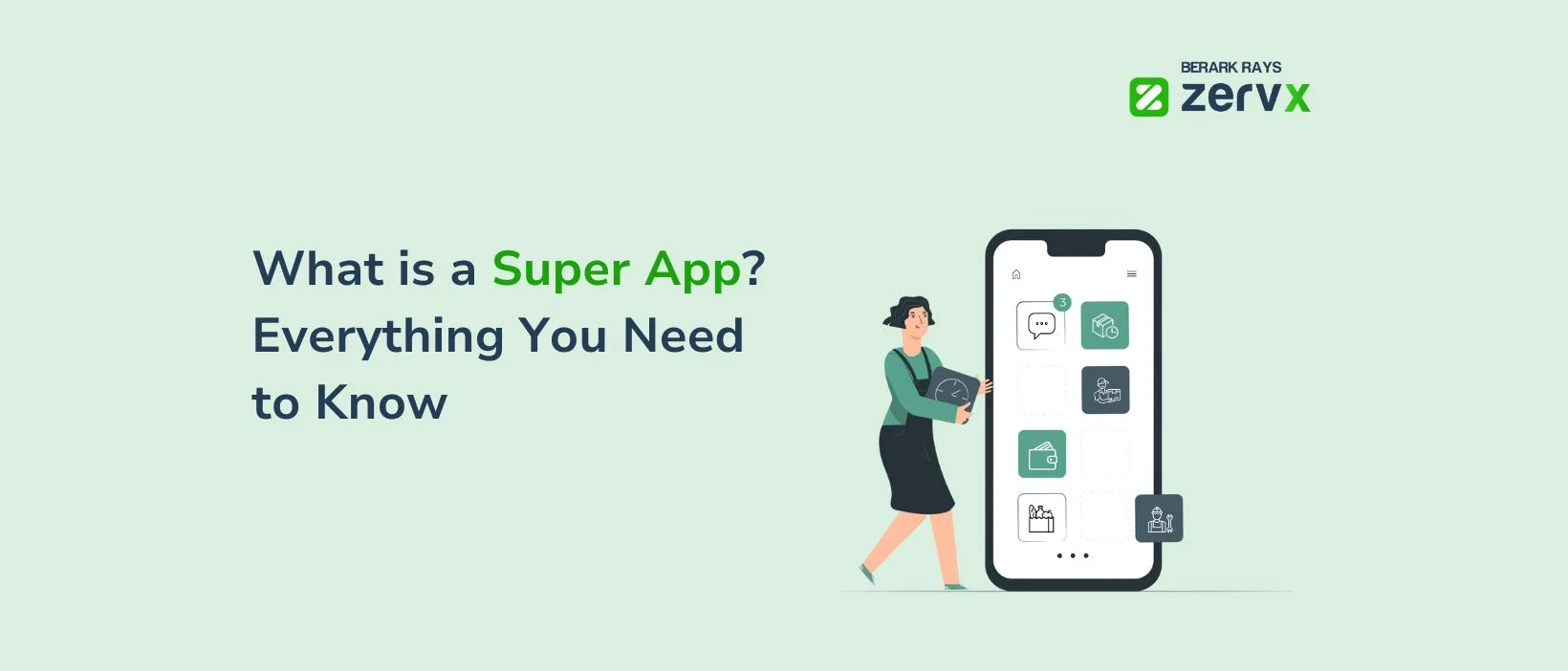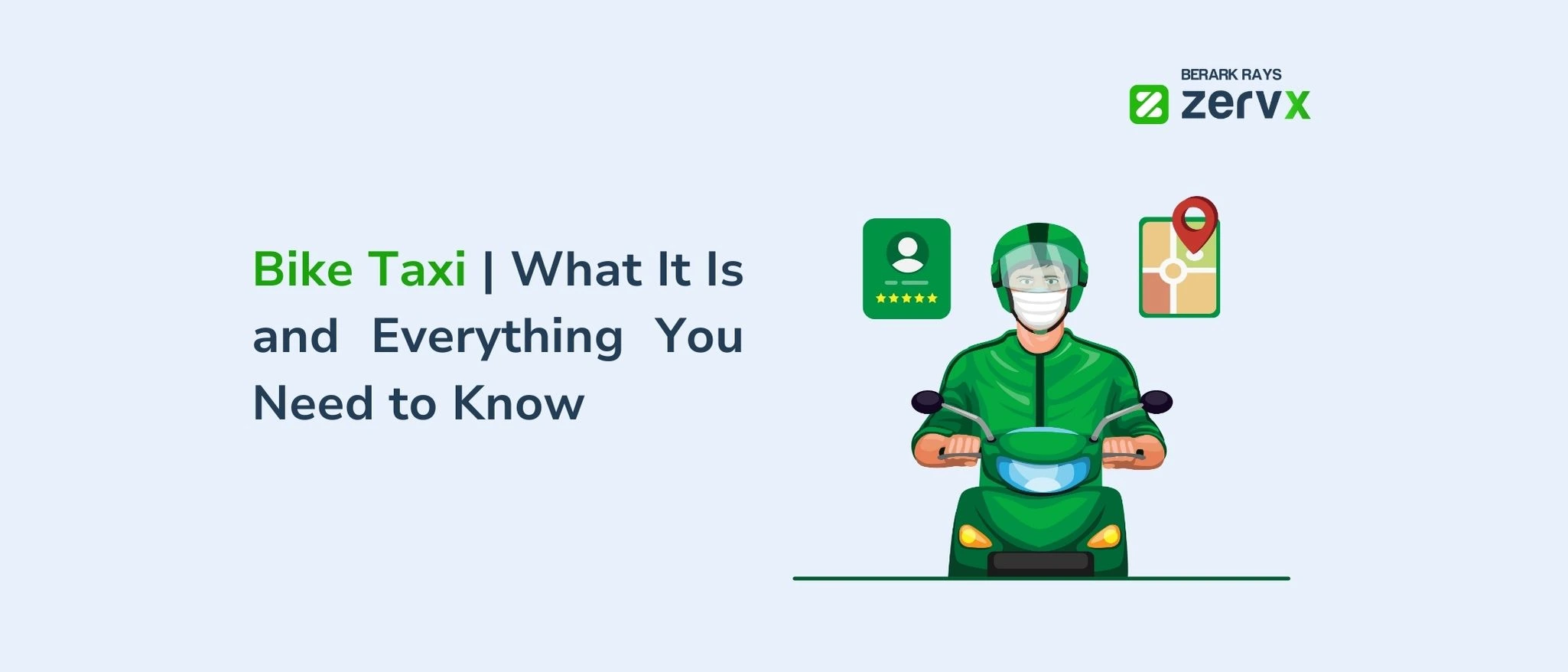Taxi businesses used to rely on phone bookings and dispatcher calls. It worked for a long time. But times have changed and so have your customers.
Today, riders expect speed. They want to open an app, book a ride, and get going without talking to anyone. If your business doesn’t offer that, they’ll look elsewhere.
Without a passenger app, you’re not just behind. You’re leaving rides, reviews, and revenue on the table. Modern riders compare every experience to Uber and Bolt. They want the same ease even if they’re riding with a local taxi. A branded app makes your service feel current, reliable, and professional.
A smooth, modern app like ZervX tells riders, “We’re ready for you. ” And once they experience how easy it is to ride with you, they’ll keep coming back.



